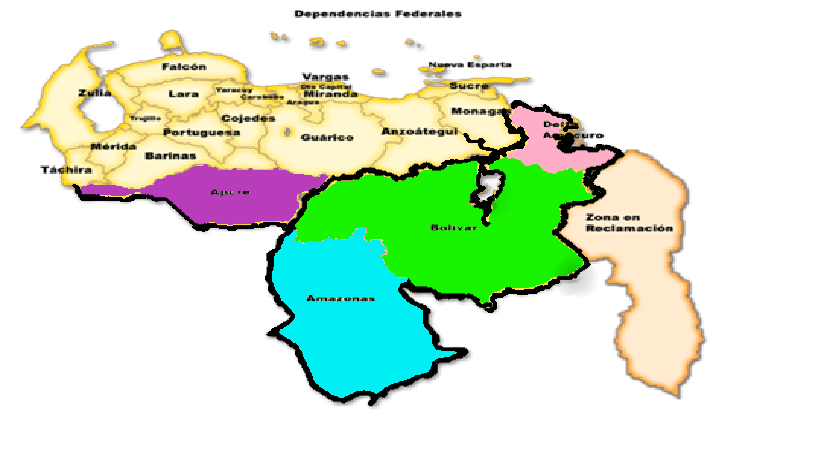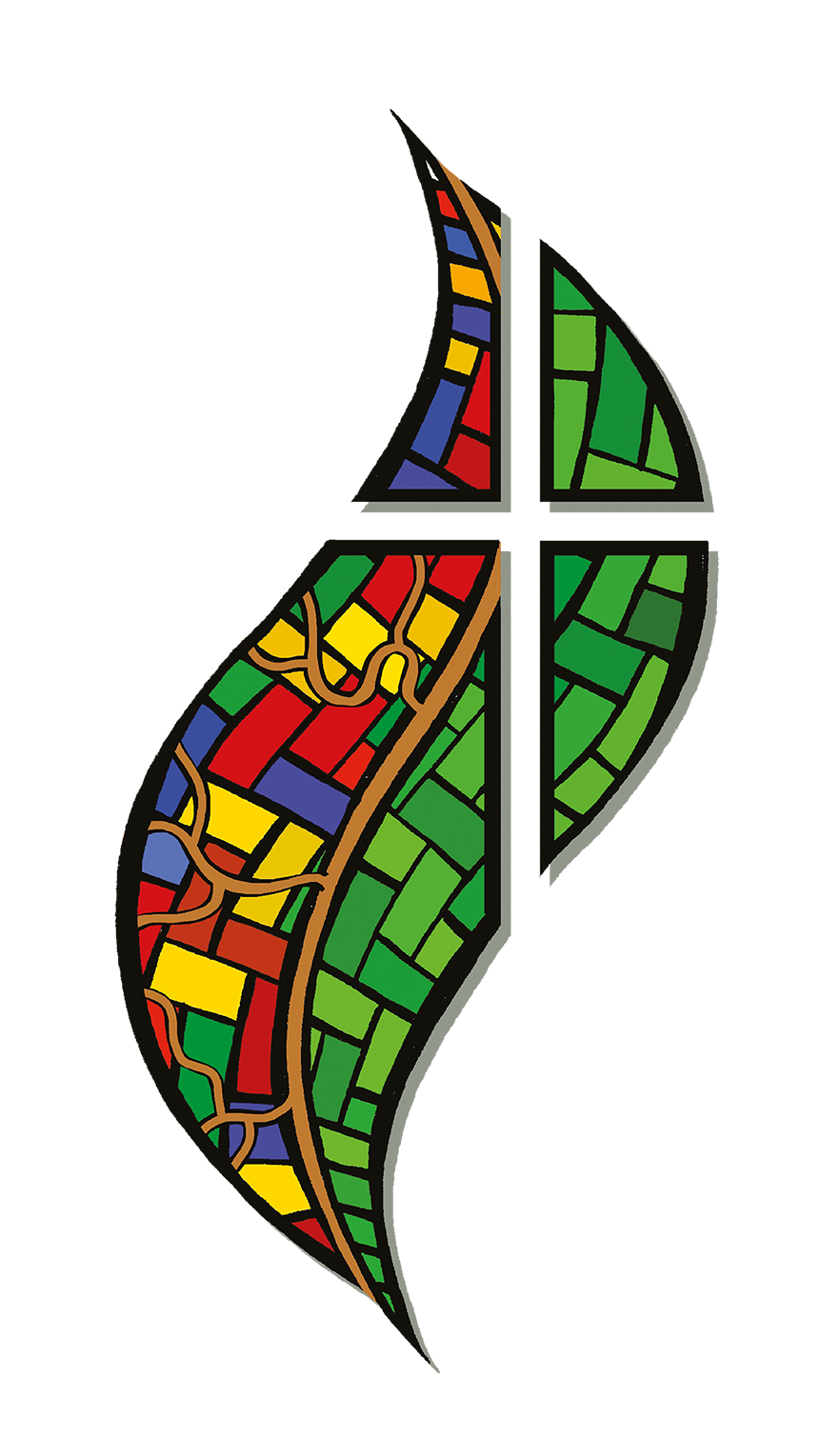
The Amazon in Venezuela.
The Amazon region of Venezuela, is located mainly in the south of the country in the extension of the Orinoco River, occupies mainly the two most extensive states of the country: Bolivar and Amazonas, which with the state of Delta Amacuro in the northwest of the country and with a small portion from the state adjoins the south-west, adding 491.389 km², which conforms more than 50% of the national territory.
This Amazonian region has a low population density (approximately 20 inhabitants / km²), representing only 8.5% of the total population, that is to say, approximately 32 million, however, in this area are located 24 indigenous peoples of the totality that live in Venezuela.
The illegal extraction of gold, especially in the state of Bolívar and Amazonas, where 60% of the deposits of the country are found, attracted large migratory flows from the interior and neighboring countries, causing great environmental damage and negative impacts on the native peoples of these states.
In addition, in recent years, the Venezuelan State, before the drop in crude oil, through agreements with various countries and transnational companies, undertook a new mining policy in a dizzying and invasive manner. This generated devastating consequences such as the destruction of nature and the exclusion and aggression against the peoples that inhabit the region.
Church in the Amazon of Venezuela
The Catholic Church began its presence in the Venezuelan territory in the eighteenth century with the Jesuit, Capuchin and Franciscan Fathers. In 1767, the Jesuits were expelled from the colony and 50 years later, when the Amazon was liberated from Spanish rule, the Franciscan missionaries were also expelled. With the arrival of the independence forces in 1817, the activity of the Church in the territory practically disappeared for almost a century, enduring only with the presence of diocesan priests and some religious who still remain in the country.
After the war of independence, in the early twentieth century, the missions in Venezuela were restored; Being the Salesians, the Capuchins and the Dominicans who took care of them in the Venezuelan Amazonian territory, they were later joined by other congregations such as; the Salesian Sisters of Mary Help of Christians (FMA), Missionaries of the Consolata, Claretian Missionaries, Daughters of the Holy Family of Nazareth, Missionaries of Charity, Missionary Sisters of Mary Immaculate and Saint Catherine of Siena among others.
In a process of cultural and anthropological approach among the Yanomami Indians, attempts were made to form an indigenous clergy, but this has not been possible, however, currently there is a permanent deacon of the Piaroa indigenous ethnic group, a Pemon indigenous priest and 5 Young Pemon seminarians who are studying at the Jesús Buen Pastor Major Seminary; all this with a vision of inculturation of the Gospel, respect and communion with existing cultures, in search of a new path and face for the Church in the Venezuelan Amazon.
***
The content presented here has the sole purpose of offering an informative subsidy. Therefore, the present text has no official character.




